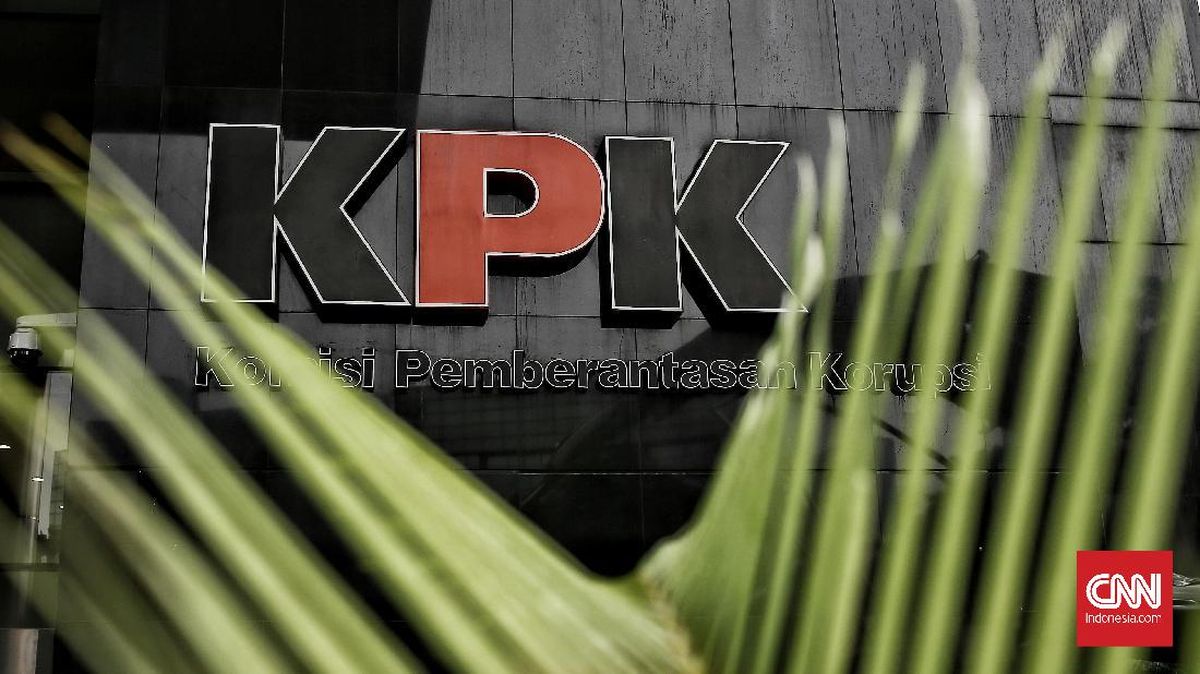 Borrowers should take advantage of today's cooler home equity borrowing rates carefully and strategically.
sakchai vongsasiripat/Getty Images
Borrowers should take advantage of today's cooler home equity borrowing rates carefully and strategically.
sakchai vongsasiripat/Getty Images
Another week, another encouraging view of the home equity borrowing space. Interest rates for both home equity loans and home equity lines of credit (HELOCs) remained under 8% this week, according to a Wednesday report from Bankrate. The median rate on the benchmark five-year home equity loan is 7.99% now, while the average HELOC rate is even lower at 7.81%. That gives homeowners in need of extra financing two cost-effective, viable tools to consider now, neither of which will require refinancing into a higher rate.
It wasn't that long ago, however, when rates here were materially higher. HELOC interest rates, for example, were around 10% just in September 2024. So borrowers who are interested in these unique borrowing tools should take a strategic approach now that costs here are materially lower. Below, we'll detail three things homeowners should strongly consider doing now that home equity rates are under 8%.
Start by seeing how much home equity you'd be eligible to borrow here.
What borrowers should do with home equity rates under 8%
To better exploit this timely decline in home equity borrowing rates, interested homeowners should consider the following three items:
Be realistic about their HELOC options
The average HELOC interest rate is considerably lower than it was in the fall of 2024, making this a naturally tempting option for homeowners who want to pay as little interest as possible right now. But it's important to remember that the variable rate that has made a HELOC so attractive amid a series of rate cuts over the past year could also be detrimental if the economy reverses course and rates stagnate, or even rise again.
Be realistic about your HELOC options to better ensure long-term affordability. There's no guarantee that HELOC rates will continue their downward trend unimpeded, and if you choose this product, some volatility will need to be accounted for, as HELOC rates (and costs) will change on a monthly basis.
Learn more about borrowing with a HELOC now.
Understand that refinancing a home equity loan will come with a cost
On the other hand, borrowers who intend to lock in one of today's low home equity loan rates with the intention to simply refinance it when rates cool again in the future should understand that refinancing a home equity loan will come with a cost. And that's often listed at 1% to 5% of the loan's value. That can be significant, depending on the initial size of the loan, and could easily negate some minor savings secured with a slightly lower rate.
In other words, don't get started with a home equity loan with the intention of refinancing it quickly in the months ahead. Not only may rates not fall low enough to justify such a move, even if they did, you'll still need to pay closing costs to obtain that better rate.
Look beyond your current mortgage lender
Did you know that you don't need to automatically use your current mortgage lender when looking to secure a HELOC or home equity loan? And, in today's economy, you likely shouldn't. At least not until you've spent the time shopping around for rates and lenders. There's a good chance that a competitor is offering better rates and terms. From there, you can proceed with your HELOC or home equity loan application or return to your current mortgage lender to see if they can improve upon that offer.
Just don't get stuck with the first offer you receive from your existing lender. There's a good chance that other lenders are looking to exploit this cooler rate climate via lower rate offers and better terms to homeowners right now. But you won't know that until you take some time to do your homework.
The bottom line
Home equity loans and HELOCs are more affordable now than they have been in the recent past. To keep it so, however, homeowners should take a judicious approach. By following the above framework, they can better improve their chances of home equity borrowing success not only in today's cooling interest rate climate but, theoretically, over their full repayment period, too.
Edited by Angelica Leicht


















































